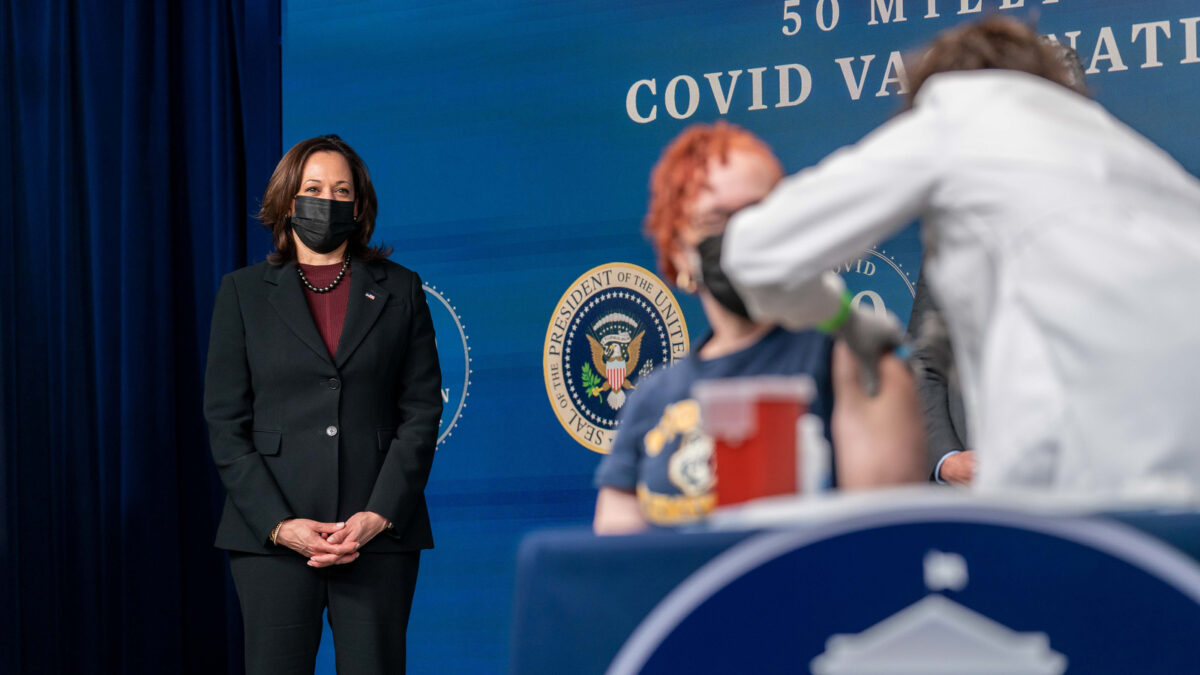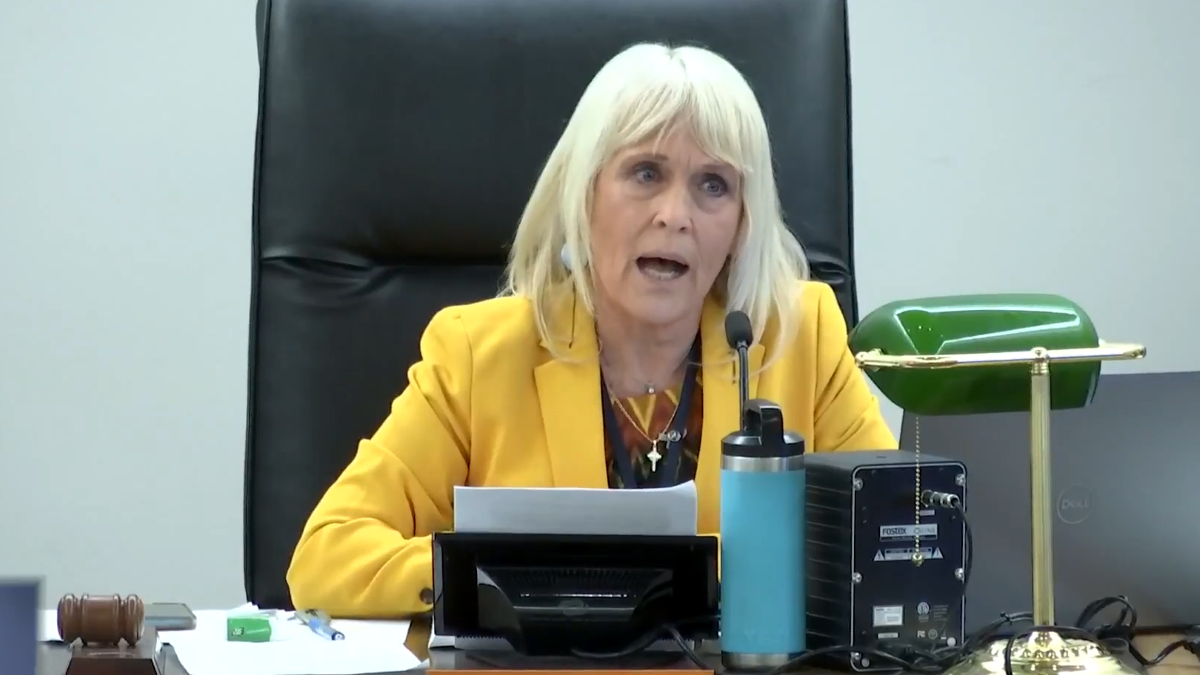
Oregon looks to be finally delivering on a proposal it made nearly a year ago: to change its face masking requirements from a temporary order to a “permanent” rule.
The current indoor rule is temporary, meaning it can’t be in place for more than 180 days, so making the rule “permanent” would allow the state to keep it in place in perpetuity. Even though one medical director with the state health authority has offered the assurance that the rule’s purpose would be to address COVID-19, saying even a “permanent” rule can be repealed when it’s no longer needed, that empty talk means nothing. For although the “permanent” semantics make for clickable headlines, what’s happening in Oregon is functionally no different than what’s happening in other parts of the United States.
Take a trip east to Wisconsin’s capital, where all residents of Dane County, vaccinated and unvaccinated and including even toddlers as young as two years old, are required to wear a mask indoors.
The roughly month-long mandate was first reintroduced by an unelected health bureaucrat in August after the Supreme Court had made clear that the governor was not allowed to run roughshod over constituents with sweeping statewide mandates. Back in August, average weekly deaths had already been steady at zero for months and Dane was one of the most vaccinated counties in the entire country.
That temporary order turned out to be not so temporary. The same bureaucrat at the health department decided the order needed to be extended in September — and then again in October and yet again in November — and in all cases, the state Supreme Court refused to do anything about it despite having opportunities.
When the bureaucrat extended the diktat at the beginning of last month, she paternalistically bribed residents with the empty assurance that this would be the last time her office would extend the mandate. We have “no plans” to institute another mandate “at this time,” she said, inspiring about as much confidence as a preschoolers’ pinkie-swear.
Sure enough, as we predicted, we had barely made it to Thanksgiving week when the health director decided we’d have to keep wearing masks into the new year, with one slight caveat that people can take their masks off in places where everyone is vaccinated — a pointless carveout in regular public life.
This is just one county in one Midwestern state, but mask mandates are still all over. It’s been nearly two years since the pandemic began, and nine states still require masks, plus a number of large cities and counties. That’s to say nothing of mask mandates on college campuses, in an untold number of private businesses, and in select circumstances, such as D.C.’s rule for public transportation and in schools, libraries, and federal buildings.
It’s important to flag Oregon’s efforts at “permanent” masking, for it’s nothing short of tyranny for lawmakers and unelected state leaders to demand unscientific theater and political allegiance from its residents forever. No one in his right mind actually believes that a “permanent” rule would be repealed the moment it’s no longer needed. There will always be more variants of an endemic virus, and even if there aren’t, I’m sure somebody at the health department can drum up some grim flu statistics.
But what makes Oregon’s attempts at endless masking functionally any different than Dane County? How is it any different than a state such as Washington, Nevada, or Illinois that might keep “permanent” out of its rule-making jargon but continues to extend its masking orders with no end in sight?
If mask mandates can’t be justified by the delta variant, here’s the xi variant. If we don’t need them to keep hospitals from being overcrowded, we need them to protect the vaccinated. If the goal for masking isn’t to reach herd immunity, it’s to reach COVID zero. There is and always will be another reason to demand face coverings whether the rules have achieved “permanent” status or not.
Oregon might be a harbinger, but it isn’t an outlier.









